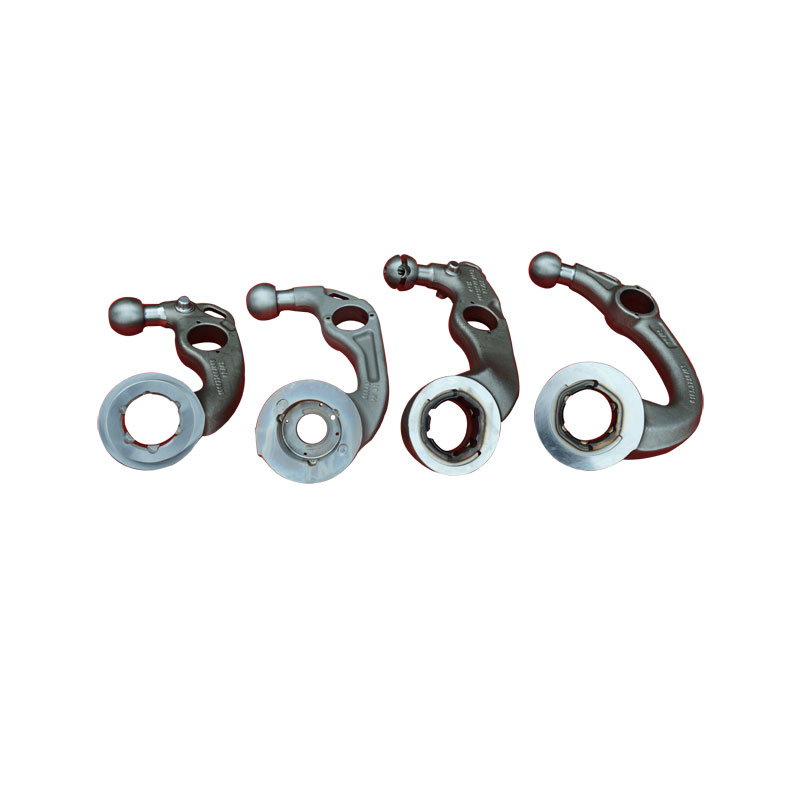A fine forging machine is applied to the description
2022-08-31
The precision forging machine is mainly composed of forging box, gear box, A chuck, B chuck, hammer regulating device, conveying roller, tipping device, electrical, hydraulic, compressed air, cooling water and other systems.
The hammering times per minute of the precision forging machine is twice as high as that of the fast forging hydraulic press. Due to the high hammering times, the heat generated by the billet deformation can compensate the heat lost by the billet to the environment, so the temperature change in the processing process is small. This is very suitable for the production of high alloy steel, titanium alloy or hard deformation alloy with narrow processing temperature range, to ensure product quality. The increase of the total deformation rate of billet in primary heating also increases the productivity and yield. Numerical control forging can ensure that the product has a higher precision, the dimensional tolerance of ±1mm, reduce the processing allowance of the subsequent process. However, if the workpiece of forging is longer, it is easy to deform during heat treatment and needs to be corrected. There are many countries in the world in metallurgy, machinery manufacturing, national defense industry using precision forging machine to produce alloy structural steel, high strength alloy steel, titanium alloy and hard deformation alloy products. Different types of precision forging machines are used to forge the ingot or billet into round, square, rectangular cross section bars or into rotational symmetry axis, solid axis and hollow step axis, taper axis, thick-walled tube, gun barrel, etc. In order to expand the range of products, some countries use the combination of hydraulic forging press and precision forging machine, and some use the combination of large and small precision forging machine. Since the 1970s, the precision forging process has been developed into the precision forging and rolling process, and the precision forging and rolling machine has been created. It consists of a continuous precision forging machine with multiple hammerheads and a number of rolling mills. It is mainly used in the production of small bars in alloy steel mills.




